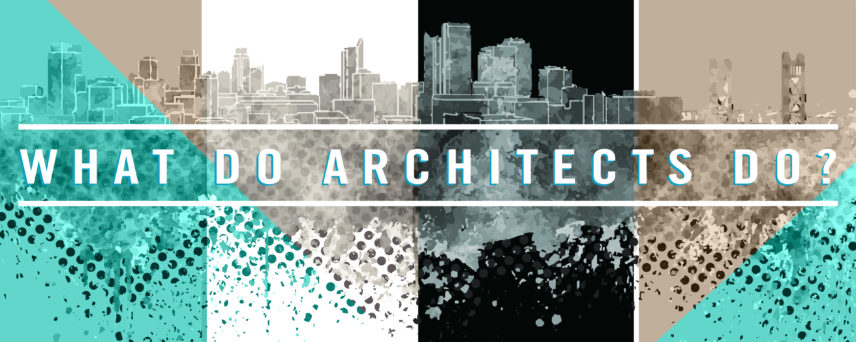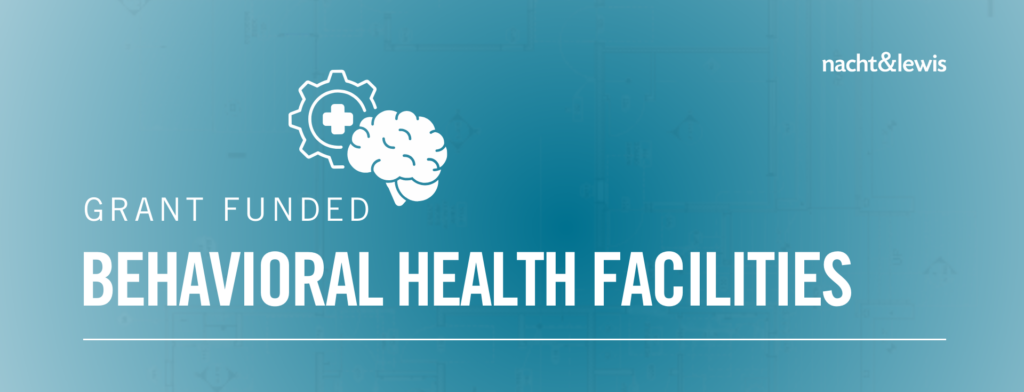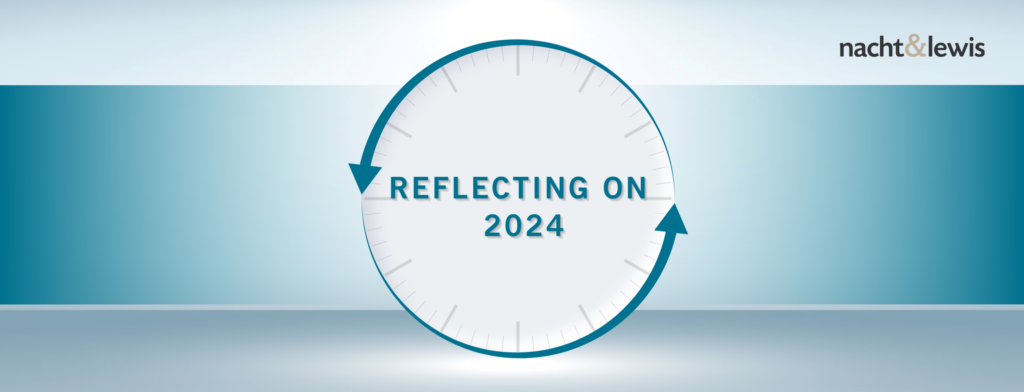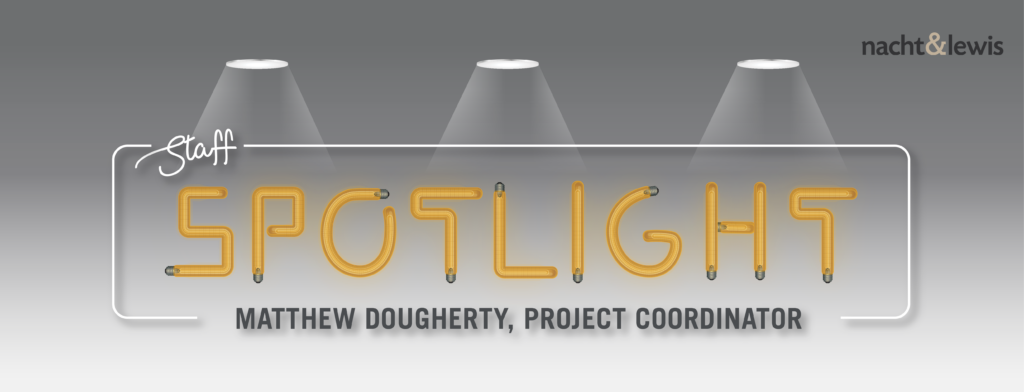Curious what architects do? Here is a simple breakdown from company President Mike Parrott, AIA:
Architects have a saying that we will “give you the plans for free”. However, plans are only a small part of the overall service provided by architects. In the simplest form, architects design buildings. Design is defined as, “a process that ends in a solution”. The solution is what the client wants, and is actually determined throughout the design process. Although this process attempts to be linear, it is in fact iterative and takes time; keep in mind, the ideas that come from all the steps of the process yield value to the client.
Generally speaking, architectural services are phased into pre-design, schematic design, design development, construction documents and contractor procurement and construction. Depending on the scope of the project, these phases and entire project can last hours to years.
Pre-Design means defining the project. Very little is known about the project at this point and possibilities are infinite, so pre-design is the first step in reaching the ideal solution. During this phase, we research the parameters that guide and restrict the project. You should expect to be greatly involved in answering seemingly endless questions such as, “what are the boundaries of the site?”, “who will oversee the project?”, “what do you want the space to be?”, etc. In many ways, pre-design is the most important phase as it shapes the metaphorical project limits.
Schematic Design forms the first architectural ideas and validates the project definition. Once the project is defined, we take the information and begin to explore the possibilities that align with the goals and requirements of the project. The intent of the schematic design is to develop the initial architectural possibilities and to decide the best path forward. With the complexity of buildings, ideas must be tested with imaging, organizational, compositional and systems diagrams. Many of the possibilities will fall away before they are presented to the client, as only the viable options will be offered.
Design Development refines, evolves, integrates and confirms the conceptual proposal. Compositional detail, the systems and materials are simultaneously distilled and expanded. Specific solutions are tested. Some are eliminated while other are explored further. Previous diagrams are developed into virtual models that confirm the integration of systems. Concurrently, materials and systems are researched to determine their performance characteristics and ensure they meet the intent of the project constraints established during pre-design phase. By the end of the design development, the final solution is nearly apparent.
Construction Documents outline the design solution. Construction documents include high levels of detail, so the client, the contractor and outside agencies can understand, plan and build the project. Additionally, the documents form agreements between you and the approval agencies as well as between you and the contractor. During this phase, the main priority is to ensure the built project conforms to the project definition established earlier during pre-design. Drawings and specifications work in conjunction to communicate the project requirements. Typically, drawings define composition, quantity and location of project elements, while specifications define the quality of project materials and systems. Construction documents are complete when the client, the architect and approval agencies all agree the design is ready for contractor procurement and construction.
Procurement and Construction is realization of the solution. As with most complicated ideas and documents, correct interpretation is required for successful outcomes. During procurement and construction, the architect works with the contractor to ensure the design intent is understood. The contractor will request clarification from the architect using RFIs (requests for information) and the contractor will further detail their understanding of the intent through submittals, which are reviewed by the architect. In collaboration, the architect and the contractor validate all plans prior to the construction.
All the end of a successful design process, the built object aligns with the architectural solution and the architectural solution meets the project parameters. The solution can be complex, but the design process does not need to be confusion.
Design is simply:
- Define the parameters
- Research and develop ideas
- Refine the ideas
- Document the solution
- Build the solution




